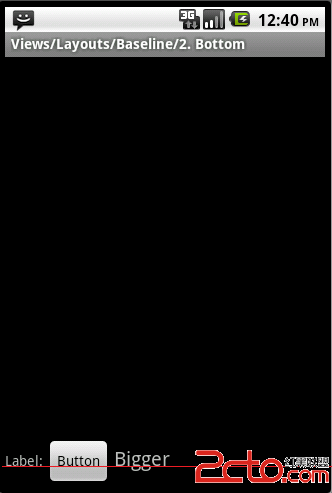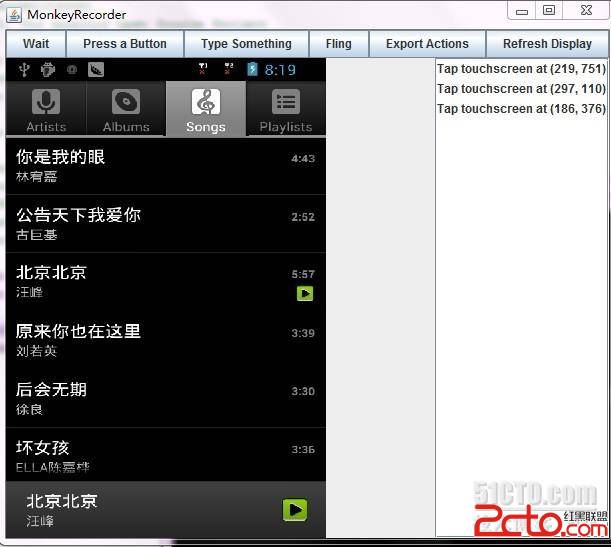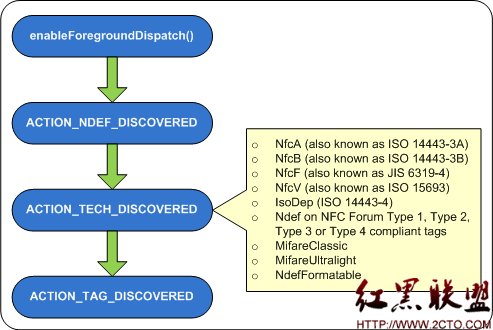android编程时布局文件,图片资源等都是放在同一个文件夹下,这样照成一个问题就是我们想重用UI布局文件和图片时就还需要其分离这些资料,相信大部分android程序员都遇到过这样的问题,其痛苦程度不亚于世纪易做图赶不上诺亚方舟。
今天我用apkplug框架实现将不同的资源放在不同的插件apk包中,然后通过插件间类查找的方式实现插件机布局文件共享。不说废话了!
一 新建一个插件myBundle1由它提供布局文件供myBundle插件调用
结合上一篇文章本章我再建一个插件工程myBundle1新增实现3个java类分别是
BundleContextFactory.java 这个类的唯一功能就是存储插件启动时获取的BundleContext,该类中有我们需要的android.content.Context
[java] view plaincopy
public class BundleContextFactory implements BundleInstance{
private static BundleContextFactory _instance=null;
private BundleContext mcontext = null;
synchronized public static BundleContextFactory getInstance(){
if(_instance==null){
_instance=new BundleContextFactory();
}
return _instance;
}
private BundleContextFactory(){
}
public BundleContext getBundleContext() {
// TODO Auto-generated method stub
return this.mcontext;
}
public void setBundleContext(BundleContext arg0) {
// TODO Auto-generated method stub
this.mcontext = arg0;
}
}
TBSu易做图ceView.java 一个Su易做图ceView 用于演示View
myLayout.java 继承RelativeLayout,通过它插件myBundle就可以获取插件myBundle1的布局文件了
[java] view plaincopy
public class myLayout extends RelativeLayout{
public myLayout(Context context, AttributeSet attrs) {
super(context, attrs);
//获取插件启动时得到的Context
Context m=BundleContextFactory.getInstance().getBundleContext().getBundleContext();
LayoutInflater mInflater=LayoutInflater.from(context);
mInflater = mInflater.cloneInContext(m);
mInflater.inflate(R.layout.main11, this, true);
}
}
布局文件 main11.xml
[xml] view plaincopy
<RelativeLayout xmlns:android="http://schemas.android.com/apk/res/android"
xmlns:tools="http://schemas.android.com/tools"
android:layout_width="match_parent"
android:layout_height="match_parent"
android:paddingBottom="@dimen/activity_vertical_margin"
android:paddingLeft="@dimen/activity_horizontal_margin"
android:paddingRight="@dimen/activity_horizontal_margin"
android:paddingTop="@dimen/activity_vertical_margin"
tools:context=".MainActivity" >
<TextView
android:id="@+id/tt"
android:layout_width="wrap_content"
android:layout_height="wrap_content"
android:text="我是插件myBundle1" />
<com.example.mybundle1.TBSu易做图ceView
android:layout_below="@+id/tt"
android:layout_width="fill_parent"
android:layout_height="fill_parent"
/>
</RelativeLayout>
最后插件myBundle1文件目录为
二 修改插件myBundle布局文件activity_main.xml添加View com.example.mybundle1.myLayout
[java] view plaincopy
<RelativeLayout xmlns:android="http://schemas.android.com/apk/res/android"
xmlns:tools="http://schemas.android.com/tools"
android:layout_width="match_parent"
android:layout_height="match_parent"
android:paddingBottom="@dimen/activity_vertical_margin"
android:paddingLeft="@dimen/activity_horizontal_margin"
android:paddingRight="@dimen/activity_horizontal_margin"
android:paddingTop="@dimen/activity_vertical_margin"
tools:context=".MainActivity" >
<TextView
android:id="@+id/tt"
android:layout_width="wrap_content"
android:layout_height="wrap_content"
android:text="hello_world 我是myBundle的Activity" />
<com.example.mybundle1.myLayout
android:layout_below="@+id/tt"
android:layout_width="fill_parent"
android:layout_height="fill_parent"
android:id="@+id/myLayout1"/>
<TextView android:id="@+id/textView1" android:layout_width="wrap_content" android:layout_height="wrap_content" android:text="TextView" android:layout_alignBottom="@+id/myLayout1" android:layout_centerHorizontal="true"/>
</RelativeLayout>
三 将两个编译好的插件添加到主应用的assets文件夹中并在PropertyInstance接口的public String[] AutoStart()中添加两个插件自动启动
[java] view plaincopy
public String[] AutoStart() {
File f0=null,f1=null;
try {
InputStream in=context.getAssets().open("myBundle.apk");
f0=new File(context.getFilesDir(),"myBundle.apk");
if(!f0.exists())
copy(in, f0);






